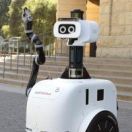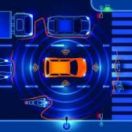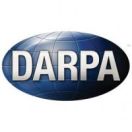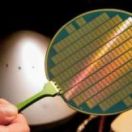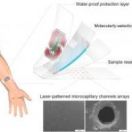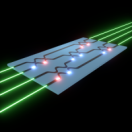SystemX Alliance News
Tue, 09/18/2018
Like its predecessor, JackRabbot 2 is learning how to navigate safely through spaces occupied by people, following the rules of human etiquette. What it learns could help it move comfortably among us in the future.
Fri, 08/17/2018
Stanford engineers combine two types of computers to create a faster and less energy-intensive image processor for use in autonomous vehicles, security cameras and medical devices.
Fri, 08/10/2018
The award recognizes high-quality research and positive impacts on diversity. Senesky received the award for her innovative research into “tiny-but-tough” electronic devices.
Wed, 08/01/2018
Former Stanford University President JOHN HENNESSY has been named the 2018 recipient of the Semiconductor Industry Association’s Robert N. Noyce Award.
Mon, 07/30/2018
At DARPA’s recent Electronics Resurgence Imitative (ERI) Summit in San Francisco July 23-25th, research teams from academia and industry were announced to lead the 6 initial programs.
Tue, 07/24/2018
A DARPA grant, for researchers at Stanford University will go to improving computer tools used in chipmaking.
Fri, 07/20/2018
By drawing in a bit of sweat, a patch developed in the lab of Alberto Salleo can reveal how much cortisol a person is producing. Cortisol is known as the stress hormone but is involved in many important physiological functions.
Thu, 07/19/2018
Optical training of neural networks could lead to more efficient artificial intelligence
Wed, 07/18/2018
Computer scientists must identify sources of bias, de-bias training data and develop artificial-intelligence algorithms that are robust to skews in the data, argue James Zou and Londa Schiebinger.


